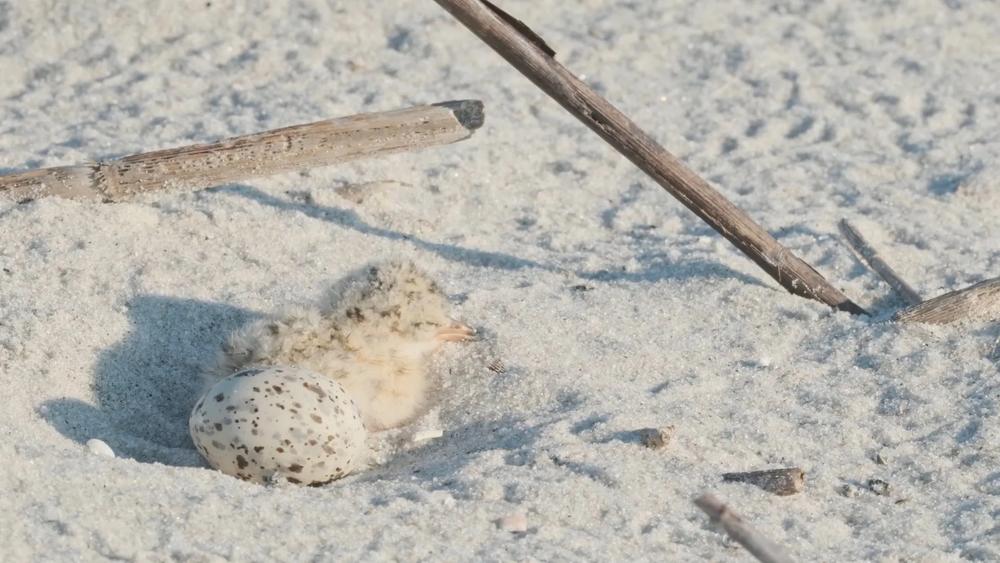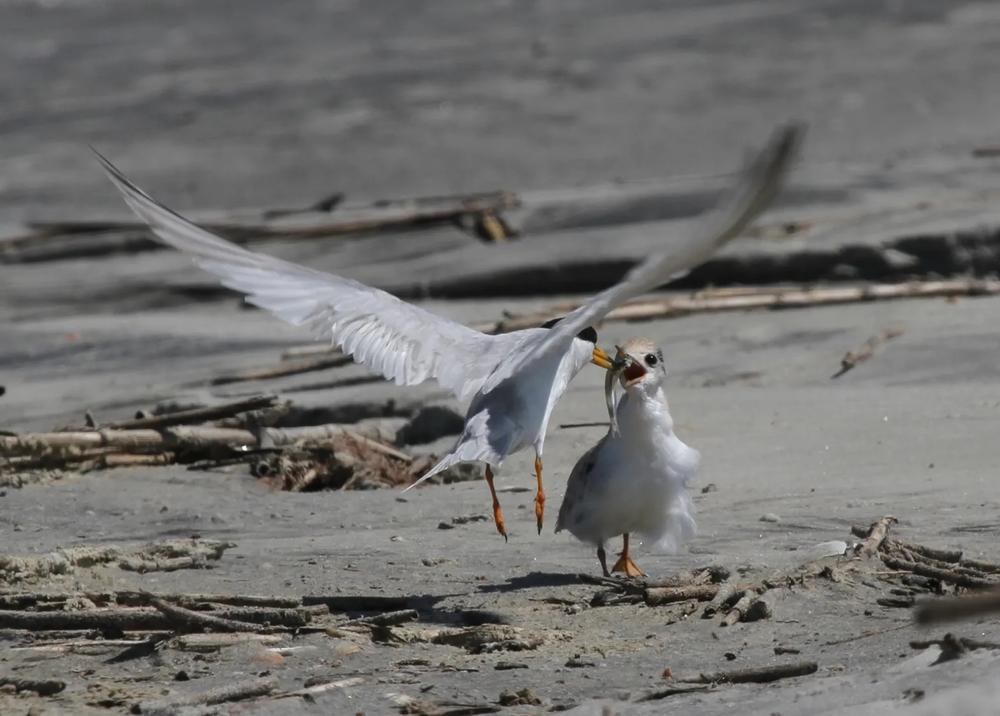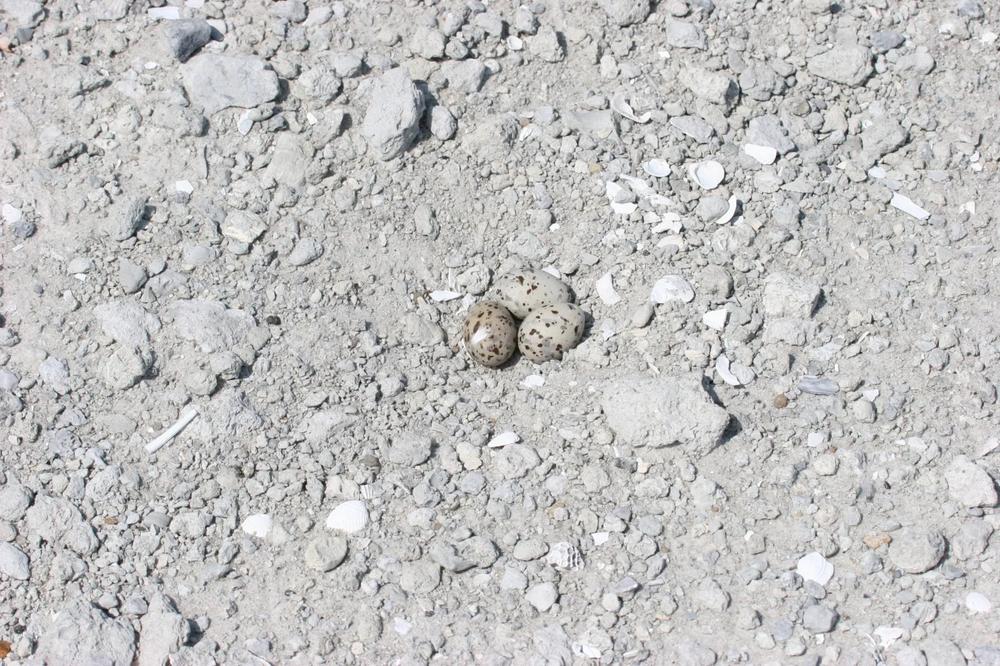
Section Branding
Header Content
Beachgoers and their dogs threaten nesting shorebirds
Primary Content

Mary Landers, The Current
Georgia beaches beckon not only locals and tourists, but also nesting shorebirds and seabirds and migrating species beefing up for long flights to the Arctic.
American oystercatchers, Wilson’s plovers and least terns use sites such as Little Tybee Island, Ogeechee Bar, East Beach on St. Simons Island, Cumberland Island and the southern end of Jekyll Island. Among other species, black skimmers, royal terns and gull-billed terns also nest on Georgia beaches, offshore sandbars and dredge spoil islands.
For these nesting birds, human beachgoers are a significant threat. So are their dogs.
Case in point: Over Memorial Day weekend, at least two least tern chicks from two separate nests on one beach died, probably from exposure. DNR biologists found signs of people and dogs on the beach.

“(The birds) are unable to thermoregulate at a young age and need adults to shade them,” Georgia Department of Natural Resources Biologist Fletcher Smith wrote in a text message. “At least one dog was in the colony, and eggs from at least seven black skimmer nests were depredated.”
Death from exposure is a rare occurrence unless the adults are driven off the nest for a long period of time, said Smith, who studies shorebirds. He saw dog pawprints and human footprints in the fenced off nesting area of Ogeechee Bar.
“We think that other eggs could have been addled by the high temperatures as well, but only time will tell,” Smith said. “This is our largest active least tern colony in Georgia, and least terns, black skimmers, gull-billed terns, Wilson’s plovers, and American oystercatchers are actively nesting out there.”
Shorebirds and seabirds also face risks from native predators and high spring tide.
The Georgia DNR suggests visitors to Georgia’s beaches can help beach-nesting birds and migrating species by following these suggestions:
- Avoid posted sites. (Eggs and chicks are camouflaged and easy to overlook or even step on.)
- Leave dogs at home or keep them on a leash when visiting a beach where dogs are allowed. Pets are excluded by regulation or law at sites including Tybee Island, Little Tybee Island, Satilla Marsh Island, Jekyll’s south end and St. Catherines and Little Egg Island bars. (The bars and Brunswick Dredge Island, another key nesting site, are also closed to people.)
- Walk below the high-tide line.
- Watch beach birds only from a distance.
- Back away from any nesting birds you accidentally disturb. Adults frightened from a nest will often call loudly and exhibit distraction displays, such as dragging a wing as if it’s broken. Sometimes the birds will dive-bomb people who get too close to their nest, said Tim Keyes a DNR wildlife biologist. Paying attention to the behavior of birds will alert you are too close to a nest or chick.
Beach-nesting birds nest above the high-tide line on wide, terraced beach flats or on the edge of dunes.

In Georgia, the birds lay eggs in shallow scrapes in the sand from mid-March through July. After hatching, chicks hide on the beach or in the grass. Their camouflage makes them difficult to detect, even if you’re trying. Disturbance by people or pets can cause adult birds to abandon eggs and chicks, exposing them to heat and predators. On a hot day, “in as little as 10 minutes, the eggs can be cooked,” Keyes said.
The threats are similar for migrating seabirds and shorebirds. Georgia’s coast provides vital stopover sites for species such as federally threatened red knots flying from South America and the Arctic. They stop on the Georgia coast to feed on horseshoe crab eggs, and need to gain the weight needed to survive their more than 9,000-mile migration.
As with all migratory bird species, shorebirds and seabirds in Georgia are protected by the federal Migratory Bird Treaty Act. Some species, such as piping plovers and red knots, have additional protections under the Endangered Species Act.
This story comes to GPB through a reporting partnership with The Current.

